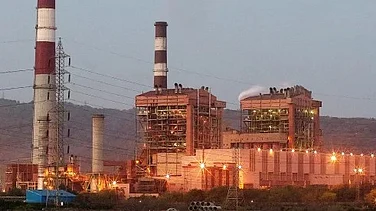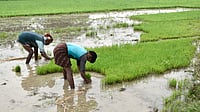Heatwave has intensified in Delhi at 41 degrees Celsius, with temperatures expected to increase to 42 degrees Celsius by April 10. The India Meteorological Department (IMD) has issued a ‘yellow’ alert for several northern states.
According to IMD, Haryana, Punjab, Rajasthan and Gujarat may experience temperatures above 40 degrees Celsius, reported Business Standard. While states like West Rajasthan are experiencing worst heat wave conditions, parts of East Rajasthan, Saurastra and Kutch in Gujarat are also noting soaring temperatures.
Delhi recorded its first heatwave of this year on April 7, with temperatures touching 40.2 in many areas.
Northern India gets gripped by heatwaves usually between April and June, but recent global warming and climate change have led to an early onset of such extreme weather, which is lasting longer.
Last week, IMD Chief Mrutyunjay Mohapatra said that most parts of India will experience an intense heatwave this summer, with above-normal temperatures expected across most of the country, reported BBC.
Mohapatra also said that states like Uttar Pradesh, Jharkhand, Chhattisgarh and Odisha could experience about 10 to 11 heatwave days.
Impact on Economy and Health
Heatwave causes several consequences including loss of lives and economic loss. Business Standard reported that at least 143 people died and about 42,000 people suffered from heatstroke between March and June 2024.
In addition to human health, heatwaves also impacted the economy particularly for people who work outdoors. The 2024 Lancet Countdown on Health and Climate Change stated that the number of working hours lost because of extreme heat has increased by 50%, as cited by Business Standard.
This has led to economic losses of around $141 billion in 2023. The soaring temperatures also impacted the farming sector, with losses of $71.9 billion recorded because the workers were unable to perform at their full potential in the extreme heat.




























